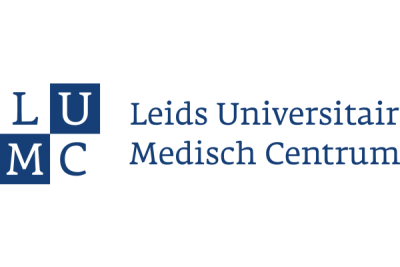Evaluation of genetic therapies in muscular dystrophy using spatial biology
Patients with Duchenne muscular dystrophy (DMD) have a muscle disease that shows symptoms early in childhood. DMD patients walk later and develop motor skills slower than their peers. Patients start to decline at ~7-8 years of age, they are not able to walk in the early teens, to self-feed and they eventually die due to heart and lungs problems in the 3rd/4th decade. DMD is caused by mutations in the DNA, in a gene called DMD, as the disease. Interestingly, some mutations in this gene cause also another disease called Becker muscular dystrophy (BMD). BMD patients have normal life expectancy, some become wheelchair dependent, other never use the wheelchair. Heart problems are frequent but the overall disease is less severe. The difference between DMD and BMD is the mutation type. Mutations causing DMD do not allow the synthesis of a protein called dystrophin. In BMD, dystrophin is made, however it is not 100% functional, as it is normally of smaller size compared to normal.
Therefore, restoring dystrophin is appealing as treatment for DMD, even if the restoration of dystrophin is partial, as that could theoretically improve DMD clinical trajectories towards a milder BMD trajectory. Scientists have developed compounds able to do this. These compounds have shown variable success in clinical trials, and some of them have been approved by regulators in the USA. These compounds are however very different in terms of type and amount of dystrophin that they can restore. In this project we want to study efficacy of such compounds using a novel methodology that allows to monitor how each muscle cell respond to these compounds. This will allow scientists, patients and regulators to compare the efficacy of different compounds and to understand the minimum requirements to expect a therapeutic effect.
For more information click here.


